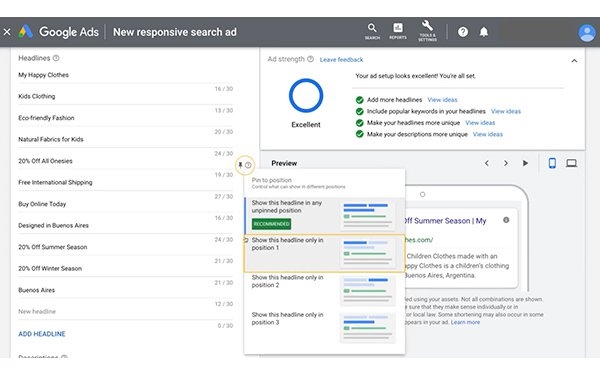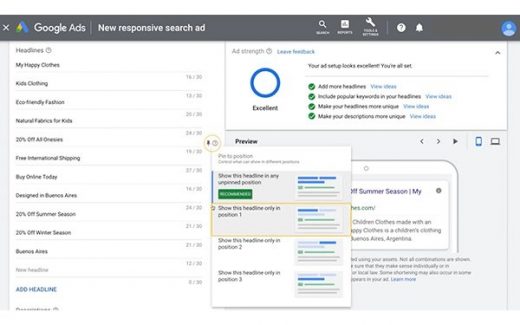Google Offers Ways To Improve Attribution, Performance As COVID Lockdowns Ease Locally
Google Offers Ways To Improve Attribution, Performance As COVID Lockdowns Ease Locally

Nearly one year into quarantine, people continue to search on Google for “things to do during” certain times, with searches for the phrase rising 300% globally year-over-year.
Things to do during quarantine,” “things to do during winter break,” “safe things to do during covid,” “things to do during lockdown,” and “fun things to do during quarantine,” are some of the top searches.
There are early signs, however, that some consumers are preparing to go back out into public settings, with “makeup app,” “long tops for girls,” and “wedding suit” rising.
Google says that each month its research and insights team analyzes data sets of billions of recent search queries and consumer behaviors to develop an in-depth understanding of key trends.
This month, Google identified signs that an interest in travel is picking up, with searches for “resorts near me,” “hotel booking app,” and “passport size” growing. In fact, searches for “travel to” have grown globally by over 100% year-over-year. Top searches include “travel to dubai,” “travel to canada,” “travel to france,” “can i travel to wales,” “travel to uk,” “travel to spain,” “can tier 3 travel to tier 2,” “travel to mexico,” and “travel to hawaii.”
Homeward-bound searches also continue to rise. Keywords like “romantic getaway” closer to home, or seeking out how to create a “watch party” for socially distanced gathers.
As marketers begin to prepare for the world to reopen at different times and rates, especially across the United States, Google has introduced this week two features that will make a significant difference in the outcomes.
For starters, Google added Display advertising to Google Ads attribution reports, which are now available alongside Search, including Shopping and YouTube ads. The purpose is to give advertisers a complete view of how they spend their media dollars on Google, and how those dollars perform.
Display and YouTube ads, announced October 2020, in attribution reports are now in beta. Attribution reports include Top Paths, Assisted Conversions, Path Metrics, and Model Comparison reports.
The attribution feature for reporting provides the ability to see the most “common paths” consumers take to either research or make a purchase.
The ability to compare the cost of conversions and return on ad spend for difference attribution models supports the process. It allows advertisers to see Search, YouTube, and Display ads in one place and to understand their impact on conversions to help them select the attribution model that’s right for your business.
Google also made responsive search ads the default in Google Ads, as COVID-19 continues to accelerate the pace of change. For example, Google data shows that searches for “takeout restaurants” grew more than 5000%, while searches for “online learning” grew more than 400% in the past year.
Using machine learning, responsive search ads identifies the best combination of headlines and descriptions.
In fact, Google has seen advertisers that add responsive search ads in their ad groups achieve up to 10% more clicks and conversions. Some of those using the feature include Moda Furnishings, 360i, and 3Q Digital.
Google recommends that advertisers that are not using RSAs consider the following steps: Take advantage of location insertion and countdown customizers to show ads that are relevant and meaningful to your customers. Use Smart Bidding and broad match keywords with responsive search ads to help optimize the performance of your ads while maximizing your reach. Review cross-campaign asset reporting to understand the creative assets that resonate most with customers.
When writing RSAs, Google suggests providing at least eight to 10 headlines, five of them unique so they do not repeat the same or similar phrases. Two headlines should have a keyword. Provide at least two unique descriptions. Highlight additional information about the product or service that isn’t mentioned in the headlines.
Pinning, according to Google, also reduces the overall number of headlines or descriptions that can be shown. If you, as the marketer, unpin or pin multiple headlines or descriptions to each position, you will have more headlines or descriptions than will serve up.
Other advice includes reusing existing content from existing text headlines, adding popular keywords to the headlines, and improving ad strength through words and Ad Strength, launched in 2018, which provides feedback to help advertisers during the ad creation process. It focuses on providing the correct messages to customers. The metric ranges from “Incomplete” to “Excellent.
(28)


